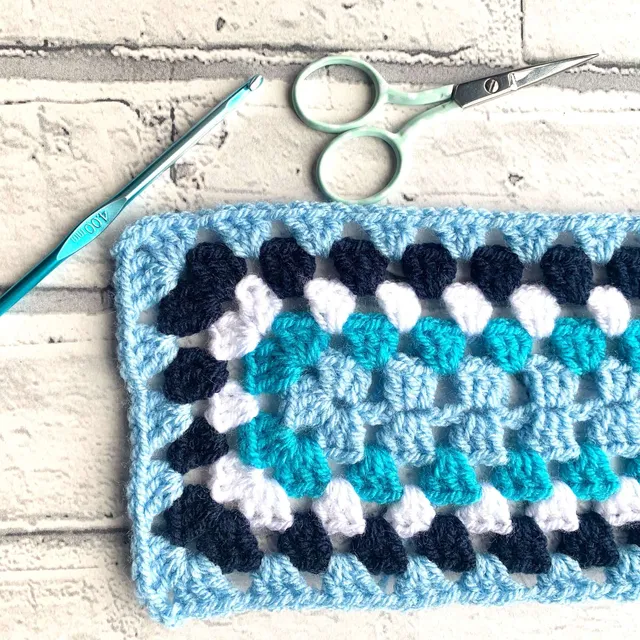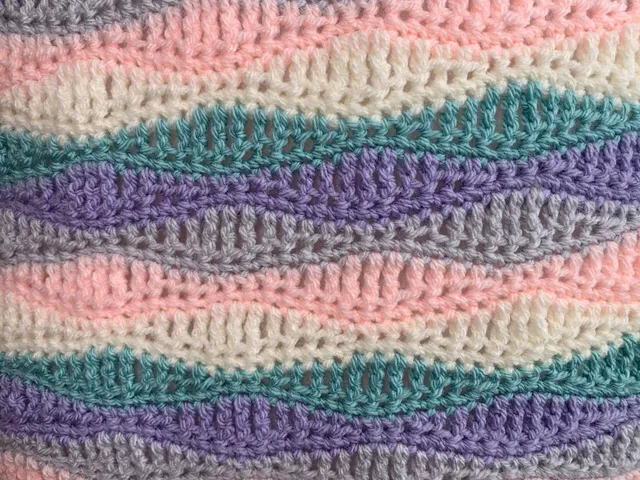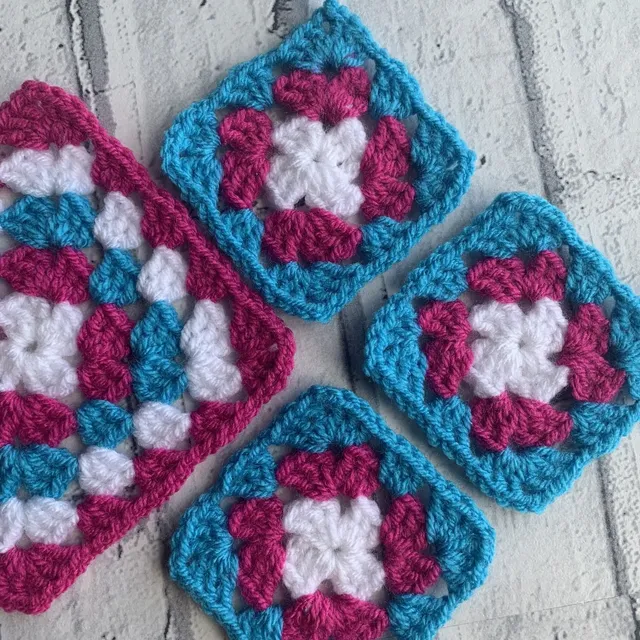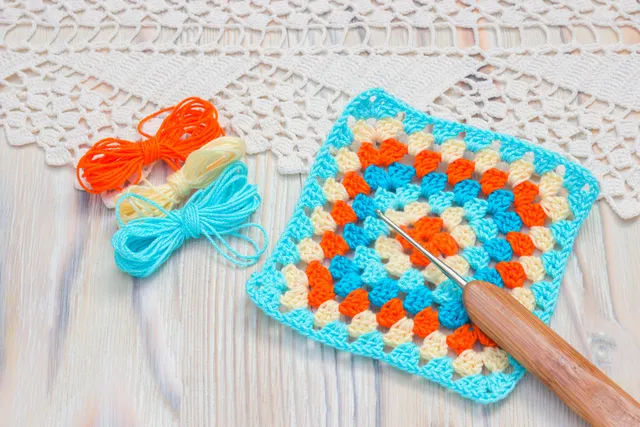How do you do an Invisible Crochet Decrease
Learning how to do an invisible decrease will completely change the finish to your crochet toys and other projects that need to be decreased in the round. This easy crochet technique will show you how to decrease in the round without leaving holes in your finished projects – when making toys and amigurumi projects, decreases will be virtually undetectable
What is an Invisible Crochet Decrease?
There are going to be many times that your crochet pattern will ask you to decrease and when working in the round, you may see a pattern ask you to Sc2Tog (UK -Dc2Tog).
When you are working in the round, a standard crochet decrease can leave an unsightly bump in your work and sometimes a hole where there shouldn’t be. That’s not the look we are going for in our projects.
Just because a pattern has asked you to use the traditional Sc2Tog (UK – Dc2Tog) when you’re working in the round, doesn’t mean you can’t put this technique to use.
The invisible decrease achieves the same number of stitch deceases and reduces the stitch count by 1, but the invisible decrease creates a smoother finish to the stitch.
A little note about Afflilate Links – Please note that some of the links in my blog are affiliate links. I may earn a small commission if you purchase via this links, but the price you pay will not be affected
When to use invisible decrease in your crochet projects
As mentioned above, you can use the invisible decrease in any crochet pattern that is worked in the round with the right side of your project facing you, where you are instructed to decrease the stitch count by 1.
As the invisible decrease is worked into the front loops of your stitch only, it’s important to only work this technique with the right side of your project facing you.
If you are following a amigurumi crochet pattern, working on the right side of the project and the pattern asks you to Dc2Tog, you can replace the Dc2Tog with an invisible decrease to obtain that perfect finish.
Is Sc2Tog the Same as Invisible Decrease?
Both the Sc2tog (UK Dc2tog) and the invisible decrease create the same decrease in stitch count, so in that respect they are the same.
As they are completed completed differently, they are different stitches. There are also instances where the Invisible Decrease can not be used.
Below are the instructions on how to work the Single Crochet 2 together:
How to Sc2Tog (UK – Dc2Tog)
- Insert hook into 1st stitch
- Yarn over, bring up a loop (2 loops on hook)
- Insert hook in to next stitch
- Yarn over, bring up a loop (3 loops on hook)
- Yarn over, pull through all 2 loops.
Just like the Sc2Tog, you will work the invisible decrease over 2 stitches to reduce the stitch count by 1. Unlike the Sc2Tog, you will only have 2 loops to pull through to complete the stitch.
Having only 2 loops on the hook to complete the stitch decrease, is what helps this technique make your single crochet decreases undetectable, as that’s the same number of loops on the hook as a normal single crochet.
How to crochet an invisible decrease
As the invisible crochet is worked through the front loops of the next 2 stitches, let’s start by identifying them. Every crochet stitch creates 2 loops which you can see on the top of your crochet fabric. There is a front loop and a back loop.
Step 1 | How to crochet an Invisible Decrease
- Insert your hook under the front loops only in the next 2 stitches.
Step 2 | How to crochet an Invisible Decrease
- Yarn over the hook and bring up a loop, through the front loops of the stitch (2 loops on hook)
- Yarn over and pull through the 2 loops on the hook to complete the Invisible Decrease (Inv.Dec)
How to Invisible Decrease Video Tutorial
If you’d like to put this technique into practice, you can work up a Giant Crochet Easter Egg.
Both these free patterns allow you to practice the invisible decrease wherever it states for you to work a Sc2tog (UK Dc2tog) – the egg uses this technique to create a seamless finish on the egg shape.
I’d love to know if you’ve put this technique into practice and if you’ve seen the difference that an invisible decrease can make to your decreases worked in the round.
I know you will see the difference in your decrease, as there will be no unsightly lumps, bumps or holes in your completed projects. Your decreases will be practically invisible!
Ah!! Now we know how this stitch got its name too.











